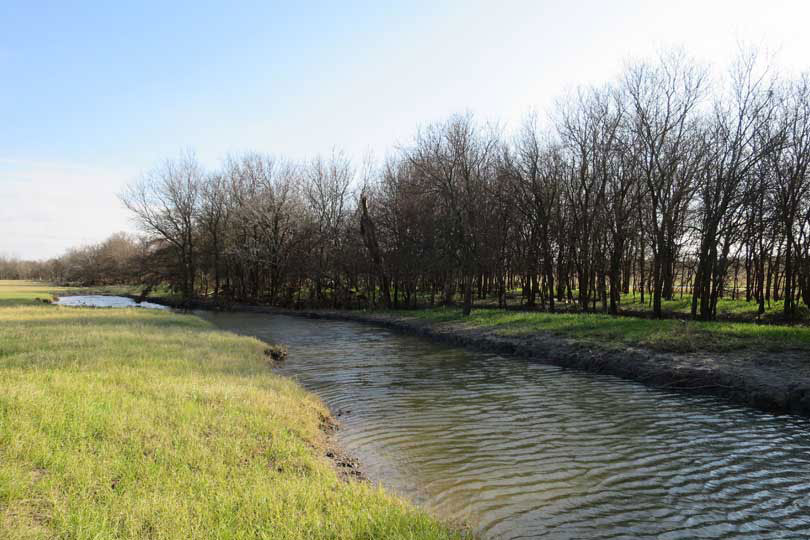A multi-industry coalition outlined recommended changes to the Waters of the U.S. (WOTUS) rule in a letter sent to the Biden administration this week.
The Waters Advocacy Coalition (WAC) provided the recommendations as the U.S. Environmental Protection Agency (EPA) and the Army Corps of Engineers (Corps) develop a water rule consistent with the U.S. Supreme Court’s decision in May on Sackett v. EPA.
The ruling put an end to ambiguity in a previous Supreme Court ruling (Rapanos) that has enabled the agencies to interpret federal regulatory jurisdiction broadly.
EPA and the Corps have stated they intend to issue an amended and final rule by Sept. 1.
“The agencies have stated that they intend to make surgical fixes, and it appears that the agencies will forego public comment and stakeholder engagement and take the rule that they finalized earlier this year and simply strike language from the rule related to significant nexus, as well as the definition of adjacency,” Courtney Briggs, American Farm Bureau Federation senior director of Government Affairs, said. “So, we are simply reminding the agencies that that is not a defensible response to Sackett or an appropriate approach to the rulemaking.”
The WAC recommendations include language to ensure that the amended rule adheres to the core holdings in the Sackett ruling and eliminates the standalone interstate waters and interstate wetlands category.
The coalition said the agencies must adopt an interpretation of “relatively permanent, standing or continuously flowing bodies of water” that is consisted with the Rapanos plurality and Sackett opinions.
The Biden administration’s WOTUS rule, finalized on March 20, 2023, extends regulations beyond streams, oceans, rivers and likes to cover any “other” intrastate water feature. A new rule, WAC said, should be written to impose a stricter limit on which wetlands come under the law’s jurisdiction, setting sharper parameters for the Clean Water Act’s enforcement nationwide.
The definition of WOTUS should exclude most ditches, the group said.
Under Sackett, ditches would generally be excluded from jurisdiction because they are not bodies of water described in ordinary parlance as streams, oceans, rivers and lakes.
“Defining which ditches are jurisdictional, and which are appropriately excluded from the definition of WOTUS, remains a top priority for WAC members,” the letter said. “Ditches are also critical to ensuring proper drainage and flood prevention on agricultural fields, roads and urban spaces.”
The coalition noted that agencies must revise the definition of “adjacent” to clarify that wetlands are jurisdictional only when they are indistinguishably part of another waters of the U.S.
“WAC agrees that the agencies must revise the definition of WOTUS to conform to Sackett and that they must do expeditiously,” the letter said.
The short timeframe for rewriting the rule concerns the groups in the coalition.
“The agencies are using their good cause exemption to bypass the formal rulemaking process which will allow them to finalize this rule at lightning speed. So, they have said that they will have a finalized rule complete before Sept. 1. And our fear is that the agencies aren’t going to make all the necessary changes to ensure that this will respect the holding in Sackett,” said Briggs, who also serves as the Waters Advocacy Coalition chair.
The coalition represents over 40 trade industries that encompass agriculture, construction, transportation, real estate, mining, manufacturing, forestry, energy, public health and safety. recreation, specialty pesticides and wildlife conservation.

